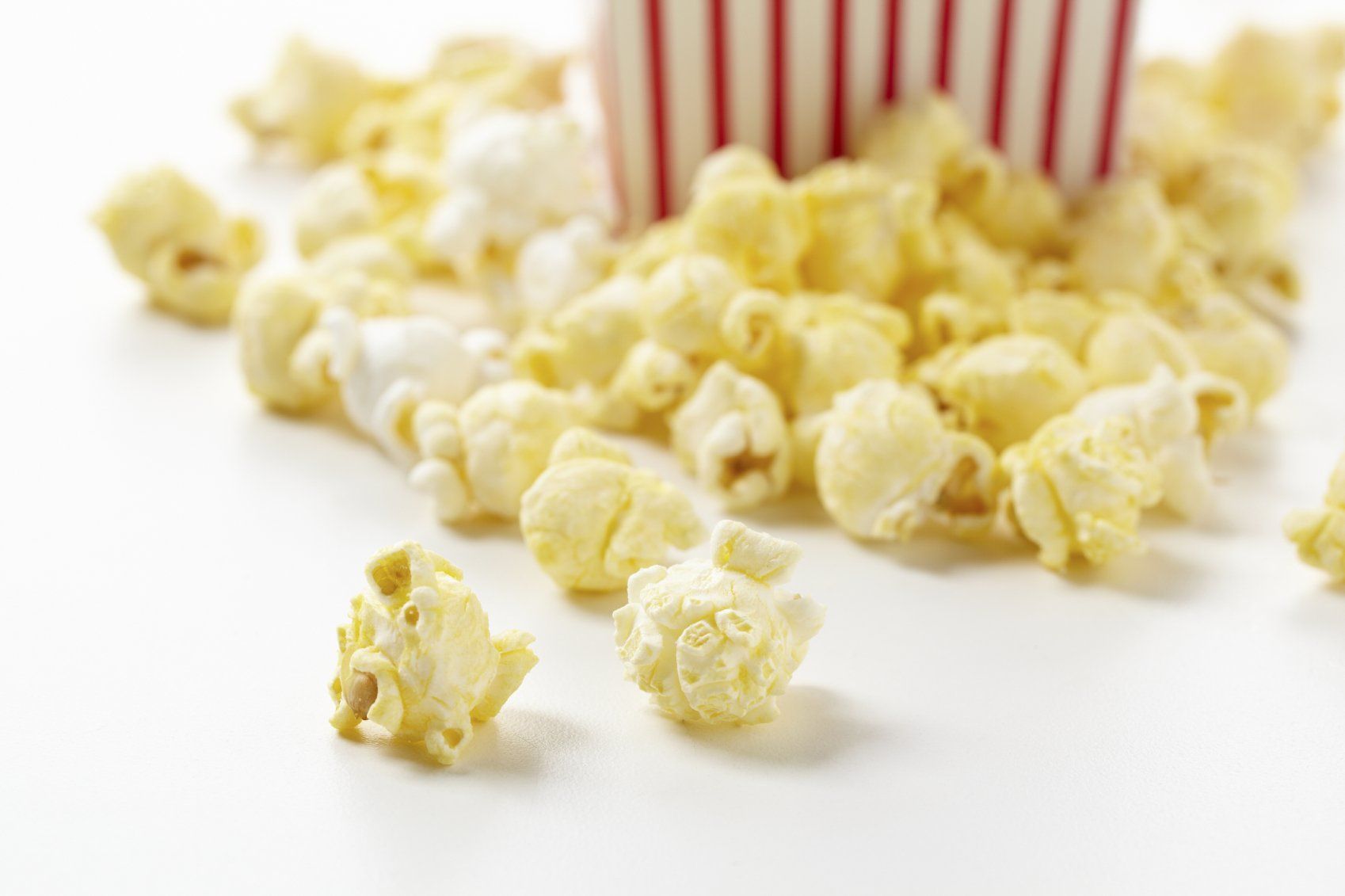Arthrogryposis Awareness
What is Arthrogryposis?
What is Arthrogryposis?
Arthrogryposis, also called Arthrogryposis Multiplex Congenita (AMC), is an umbrella term that describes several conditions that cause increased stiffness in the muscles and joints. It is a rare condition impacting 1 in 3000 births. In Greek, “Arthro” is the term for joints and “gryposis” is the term for curving, so it literally translates to “curved joints.” A child who is born with Arthrogryposis will have contractures (shortening of tendons or muscles) that affect more than one joint. The joints most commonly impacted include: shoulders, knees, elbows, ankles, fingers, wrists, toes, hips, jaw.
How is Arthrogryposis diagnosed?
Arthrogryposis can be diagnosed as early as in utero using ultrasound, amniocentesis, or chorionic villus samplings or is diagnosed at birth. Genetic testing is typically performed to determine if there is an underlying cause for the development of Arthrogryposis. However, the cause is often unknown. Risk factors include: decreased amniotic fluid, abnormally shaped uterus, multiple fetuses, spina bifida, muscular dystrophy, myasthenia gravis, dwarfism, maternal diagnosis of multiple sclerosis, etc.
How does Arthrogryposis impact function?
Individuals with Arthrogryposis tend to see multiple specialists to manage their contractures. They are closely followed by orthopedists, orthotists, physical medicine, and physical and occupational therapists. They typically go through multiple rounds of surgery and casting to improve the mobility in their joints and frequently use bracing to help maintain their mobility and provide support to their joints. As the presentation of Arthrogryposis varies greatly from person to person, so does their function. Some individuals use a wheelchair to access their environment, some use assistive devices such as walkers or crutches, and some are able to walk independently.
Arthrogryposis is not a progressive disorder and only impacts the muscles. It does not impact an individual’s cognitive processes, learning capabilities, or life expectancy and many people with Arthrogryposis go on to live long and fulfilling lives.
Why we love our friends with Arthrogryposis!
Here at PMC, we love working with our clients with Arthrogryposis because they are so inspiring. They never give up, even when things are challenging for them and they are always thinking of new and creative ways to move their bodies. They don’t let their limitations in mobility hold them back from achieving their dreams. We could all learn a thing or two from them about how impactful perseverance, hard work, and a positive attitude can be on changing the way you view a challenging situation.
References:
Arthrogryposis (AMC): Overview, Causes, Diagnosis and Treatment (nationwidechildrens.org)
Arthrogryposis Multiplex Congenita (AMC): Symptoms & Treatment (clevelandclinic.org)
https://rarediseases.org/rare-diseases/arthrogryposis-multiplex-congenita/









